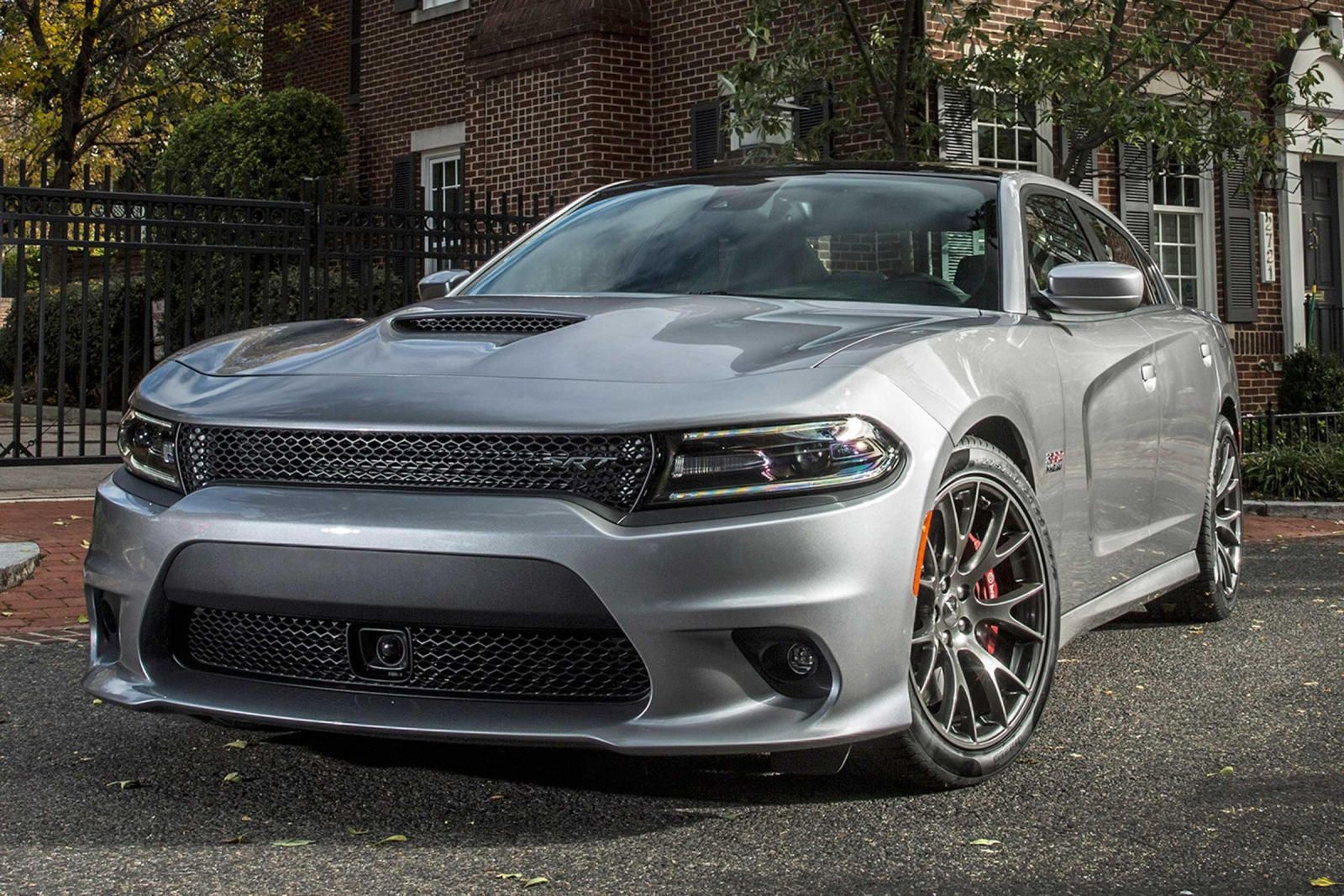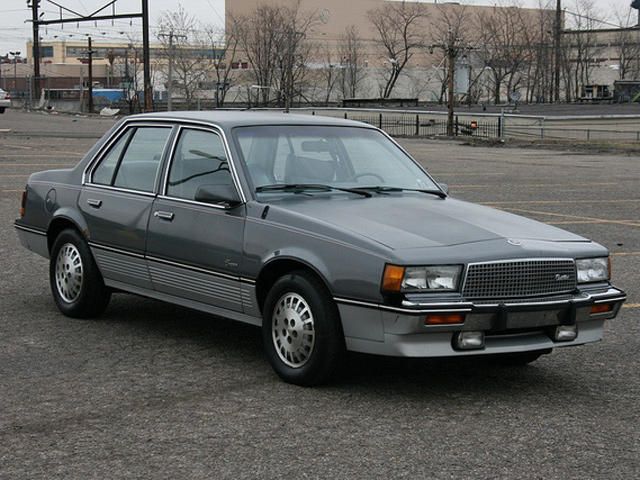
Let me just start out by saying that the Jaguar X-Type and Lincoln Blackwood were already covered in another series, and that's why they aren't in this one. But as luck would have it, we did save the ultimate symbol of rebadging failure, the Cadillac Cimarron. Platform sharing is a practice which has proven quite successful in a number of cases, but rebadging is quite often a total disaster. What's amazing about this is that automakers never seem to learn.
The Cimarron was not the first rebadged car to fail, but it has become a symbol of why rebadging doesn't work partly because it failed so spectacularly and partly because there is evidence that everyone at GM knew deep down that it was a bad idea and then just did it anyway. The Cimarron was Cadillac's second attempt at making something a bit smaller than the usual fare, following up the relative success of the 1975 Seville. Several names were considered, such as J9000, Cascade, Caville, Envoy and (hilariously) Carmel. But it was Cimarron which ultimately got the dubious honor of being the name of this new Cadillac.
Interestingly, Cadillac preferred not to call it the Cadillac Cimarron, but rather "Cimarron by Cadillac", suggesting that it knew the car to be an embarrassment right from the beginning, and made an effort to distance the rest of the brand from it. Sales staffs at Cadillac dealerships were even instructed not to refer to the Cimarron as a Cadillac, but it did no good in the end, and by the second year of sales it was just called the Cadillac Cimarron. Towards the end of the Seventies, Cadillac was seeing a growing threat in the form of competitors from Europe, mostly Germany.
Mercedes-Benz in particular made Cadillac especially nervous, and it was decided that a smaller and less barge-like model would keep them from losing sales to the Huns. GM had been working on a new platform, known as the J-body, since just after the oil embargo. This was to be a platform used by a number of GM divisions, but it was never intended for use by Cadillac, and GM's then-president Pete Estes once even famously warned Cadillac's general manager Ed Kennard "Ed, you don't have time to turn the J-car into a Cadillac." He was right too. The Cimarron ended up being a very obvious job of badge engineering.
The differences between the Cimarron and the econobox Chevrolet Cavalier were few, and were all cosmetic. There have been successful badge-engineered luxury cars before, but these have always been cars which weren't too far off from the rest of what the brand had to offer. The Cimarron was not only obviously a Cavalier with Cadillac badges on it, it also clearly didn't belong in the Cadillac lineup. The gap between it and the next-smallest/cheapest car in the lineup was just too big. There is a contemporary example of this which is even more dramatic, the Aston Martin Cygnet.
But the Cygnet is different, it's so obviously done to meet fleet fuel economy regulations that nobody is really taking it seriously. This includes Aston Martin, who haven't set unrealistic sales goals or tried to shoehorn James Bond into one (because even Aston realize the Cygnet is a joke, it won't be appearing in this series). But Cadillac built the Cimarron to be an actual contender in the market, and it failed spectacularly. The first year of sales in 1982 totaled just short of 26,000 units, about a third of what Cadillac had thought they could sell, for some reason. The car was killed after 1988, and in that year Cadillac sold just 6,454 units.
The 2.0-liter four-cylinder engine and its 88 horsepower certainly didn't help convince anyone that this was a real Cadillac, and even the later addition of a V6 was too little too late. But a bigger problem with the Cimarron was the price. At about $12,000 (about $31,000 today), the Cimarron cost nearly twice as much as a Cavalier. This sounds worse than it really is. The Cimarron came with a huge list of standard equipment, and optioning up one of its platform-mates to this level would actually cost nearly as much. The trouble with this is most people wouldn't consider the Cimarron for long enough to learn even this simple fact.
It carried with it a huge sticker shock, never a good quality in a shockingly terrible car. So Cadillac's first car to come with a manual transmission since 1953 and its first four-cylinder engine since 1914 was a dismal failure. Cadillac did learn from the Cimarron all that quickly either. Its next attempt to compete with the Europeans, the Catera, was also a failure. But nothing has ever so perfectly encapsulated the arrogance of badge engineering as the Cimarron, and hopefully nothing ever will again.

